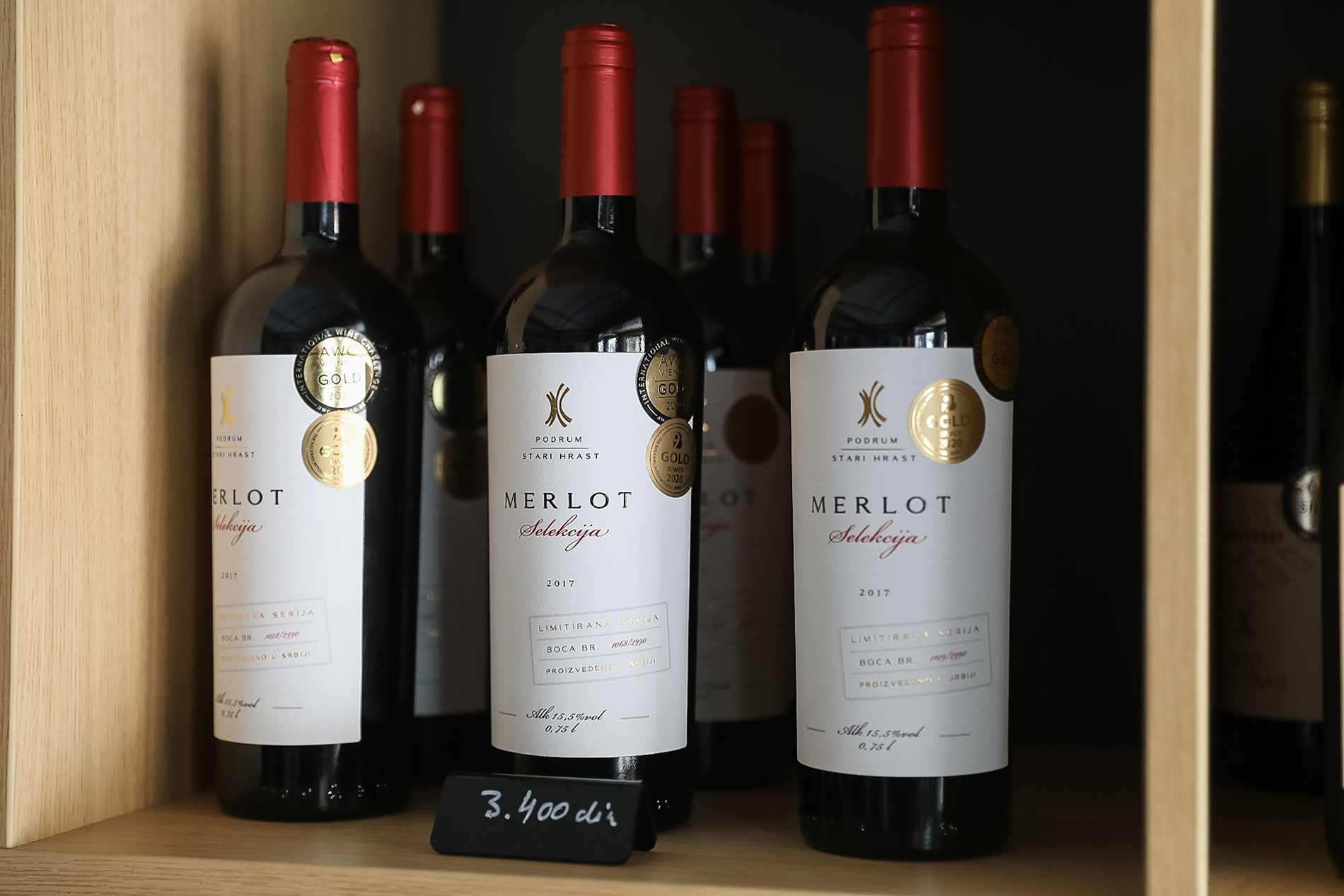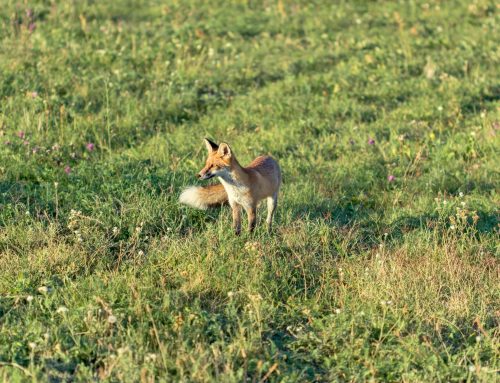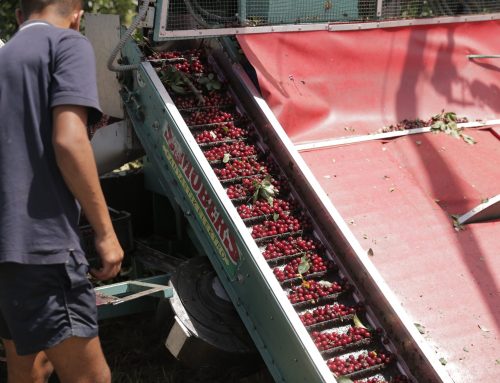As far back as to the time of Slavic peoples, oak tree served as the symbol of power, vigour, resilience, of spiritual and material wealth. The symbolism behind oak our ancestors nurtured, is passed from one generation to another. Under one such old oak tree, in Žirovnica, in the middle of Šumadija, vineyards stretch as far as the eye can see. Those are the vineyards of the Stevanović family, who have owned this land for 250 years.
Younger generations didn’t want to forsake this old tradition, so, a decade and a half ago, they decided to renew and expand their orchards and vineyards, with the idea to repay to their ancestors by becoming successful wine makers. The “Stari hrast” winery today has 12 hectares of vineyards and 15 hectares of orchards, producing top-notch wine and rakija. Perhaps not as recognisable on the world wine map as, say, Bordeaux in France, or Tuscany in Italy, or the Napa Valley in California, but the vineyards of Šumadija are nevertheless making bold steps to position themselves on the that map. Serbia has a long tradition of winemaking, and the varieties of ever-higher quality produced here are well known across the world.
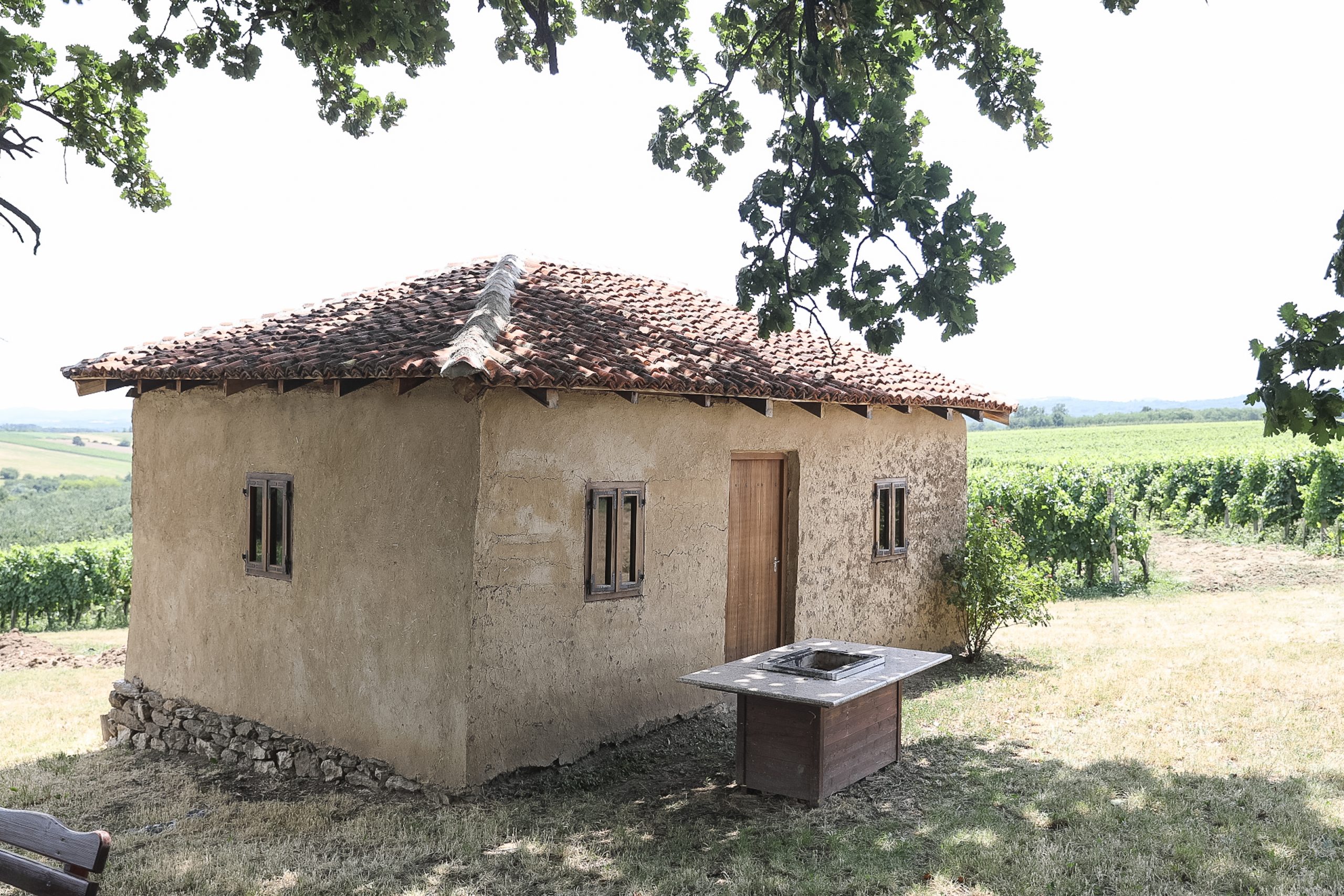
“Wine is made in the vineyard, which is why the soil you choose must be good, you must have good sun exposure, and you need to make a wise choice when deciding on the varieties; all of this is necessary to produce high-quality grapes and then turn them into high-quality wine,” Zoran explains the basic principles of winegrowing, and adds that cellar work is equally important. “I believe determination and continuity are the most important aspects of this job.”
Grapevine cultivation in Serbia dates to the 3rd century when Roman emperor Marcus Aurelius Probus planted the first vineyards on the southern slopes of mount Fruška gora. Today, grapevine is cultivated in Serbia on approximately 20,0000 hectares, in 77 winegrowing regions, all thanks to favourable weather and soil. As Serbia attracts an increasing number of visitors, new opportunities open for the development of wine tourism. The First Smederevo Grapevine Fair held in 1899 marks the beginning of wine tourism in Serbia. Nowadays, wine tourism includes much more than an exhibition and wine tasting. It offers numerous opportunities for leisure and learning more about the history and tradition of a certain region.
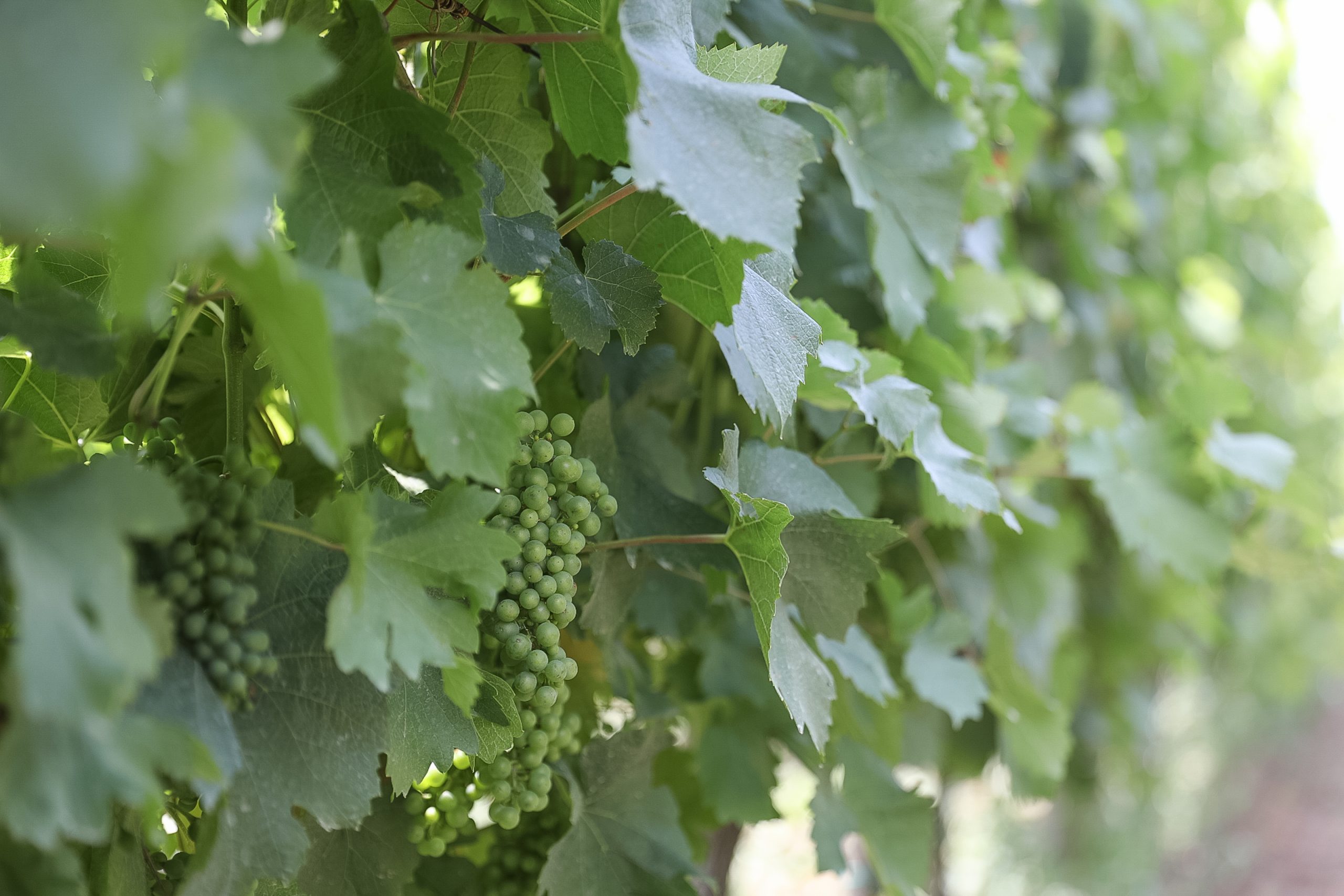
By following the clearly displayed wine route signs across Serbia, one can visit vineyards and winegrowing regions, taste wines and traditional food, learn about wine pairing, and winemaking in general. In the EU, the marriage of winegrowing and tourism has already proven to be successful. Serbia, too, has recognised the potential in this area, and adopted the Strategy for the development of winemaking and winegrowing for the period 2020-2030, which envisages investments of 300 million euros in this sector.
“I believe our government has recognised that winemaking has a bright future, and that Serbia can earn its spot on the wine map of the world. I hope that support would be even broader in the future,” notes Zoran.
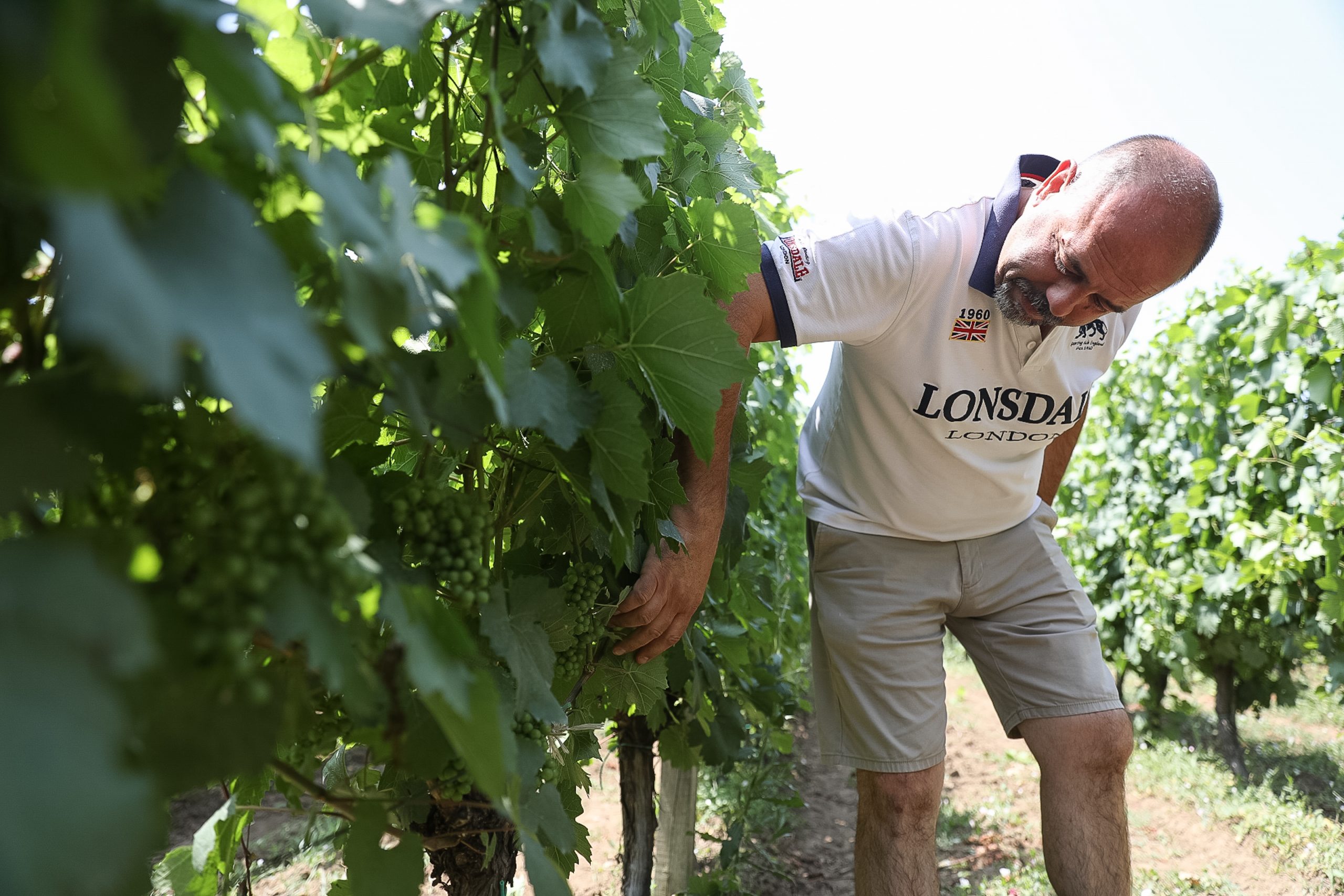
In order to tap into that potential, experts say that winegrowers, too, need to change their habits: to come together and broaden their knowledge and keep pace with the technology; to increase production and, in turn, the quality of their wine. The most grown grape varieties in Serbia include Cabernet Sauvignon, Merlot, and Chardonnay, however, wine growers try to enrich that offer with autochthonic varieties, such as Prokupac and Bragrine. Vineyards in Serbia cover an area of 221 square kilometres, with the grapes grown producing around 700 wine varieties, 30 of which are exported.
Since 2000, the European Union has donated 230 million euros for agriculture and food safety in Serbia. Raising competitiveness, food safety and public health standards, respect for animal welfare, and environmental standards are the main areas of EU assistance to this sector. IPARD (Instrument for pre-accession assistance for rural development) is the leading programme in this area, within which Serbia has been allocated with 175 million euros for the period 2014-2020, with additional 55 million euros of national co-funding, and it is intended for agricultural producers.


